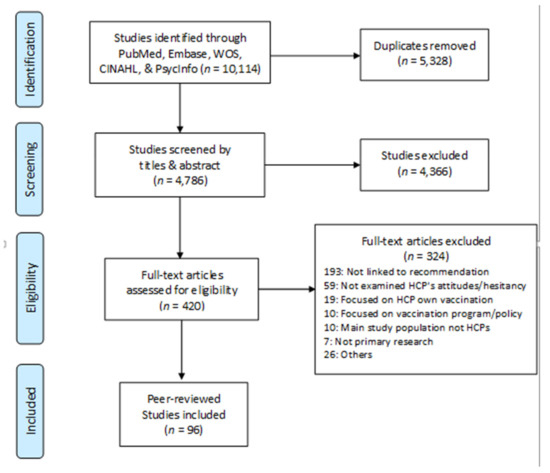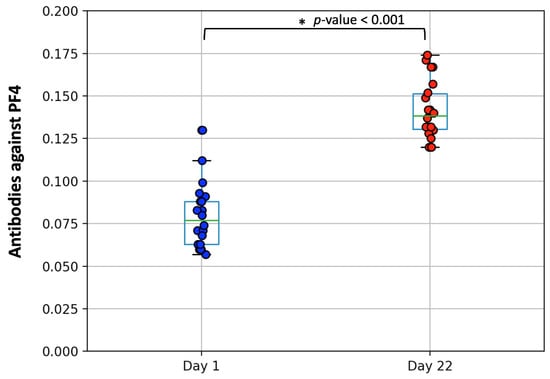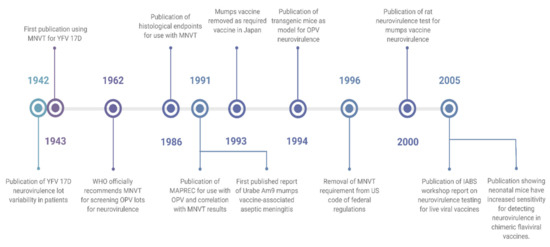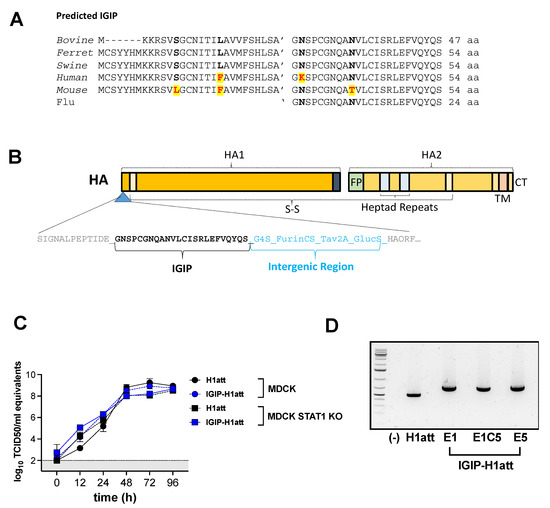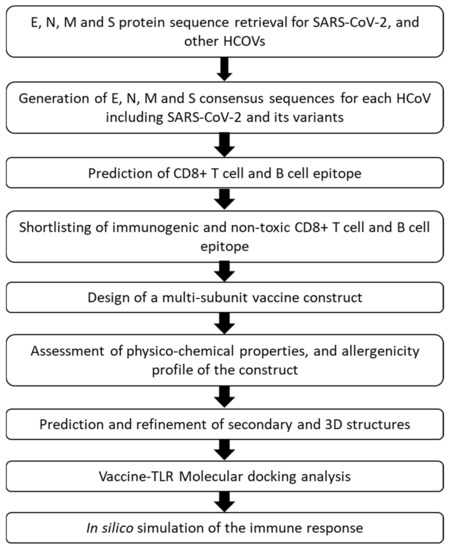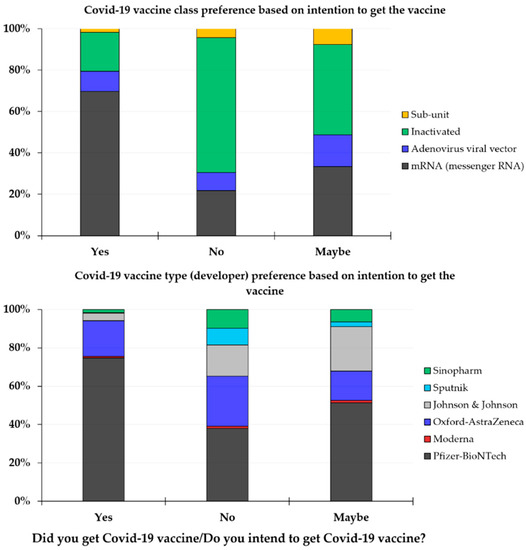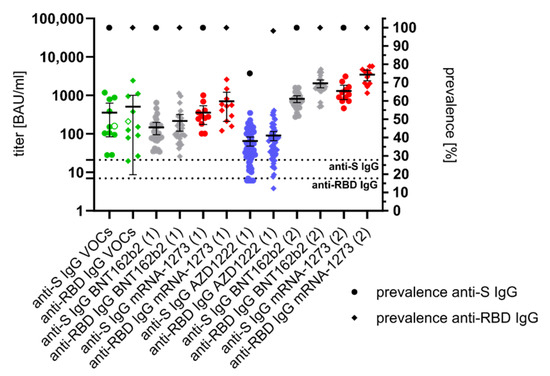Vaccines 2021, 9(7), 714; https://doi.org/10.3390/vaccines9070714 - 1 Jul 2021
Cited by 27 | Viewed by 5663
Abstract
COVID-19 is a current global threat, and the characterization of antibody response is vitally important to update vaccine development and strategies. In this study we assessed SARS-CoV-2 antibody concentrations in SARS-CoV-2 positive patients (N = 272) and subjects vaccinated with the BNT162b2 m-RNA
[...] Read more.
COVID-19 is a current global threat, and the characterization of antibody response is vitally important to update vaccine development and strategies. In this study we assessed SARS-CoV-2 antibody concentrations in SARS-CoV-2 positive patients (N = 272) and subjects vaccinated with the BNT162b2 m-RNA COVID-19 vaccine (N = 1256). For each participant, socio-demographic data, COVID-19 vaccination records, serological analyses, and SARS-CoV-2 infection status were collected. IgG antibodies against S1/S2 antigens of SARS-CoV-2 were detected. Almost all vaccinated subjects (99.8%) showed a seropositivity to anti-SARS-COV-2 IgG and more than 80% of vaccinated subjects had IgG concentrations > 200 AU/mL. In a Tobit multivariable regression analysis, SARS-CoV-2 vaccination was statistically significantly associated with increased IgG concentrations (β coef = 266.4; p < 0.001). A statistically significant reduction in SARS-CoV-2 IgG concentrations was found with older age (β coef = −1.96 per year increase; p < 0.001), male sex (β coef = −22.3; p < 0.001), and days after immunization (β coef = −1.67 per day increase; p < 0.001). Our findings could support the vaccination campaigns confirming the high immunogenicity of the SARS-CoV-2 vaccine under investigation with respect to the natural infection. Further studies will be required for evaluating the role of age and days after immunization in the persistence of vaccine antibodies and protection from the disease.
Full article
(This article belongs to the Special Issue SARS-CoV-2 Serological Studies around the Globe)
►
Show Figures

